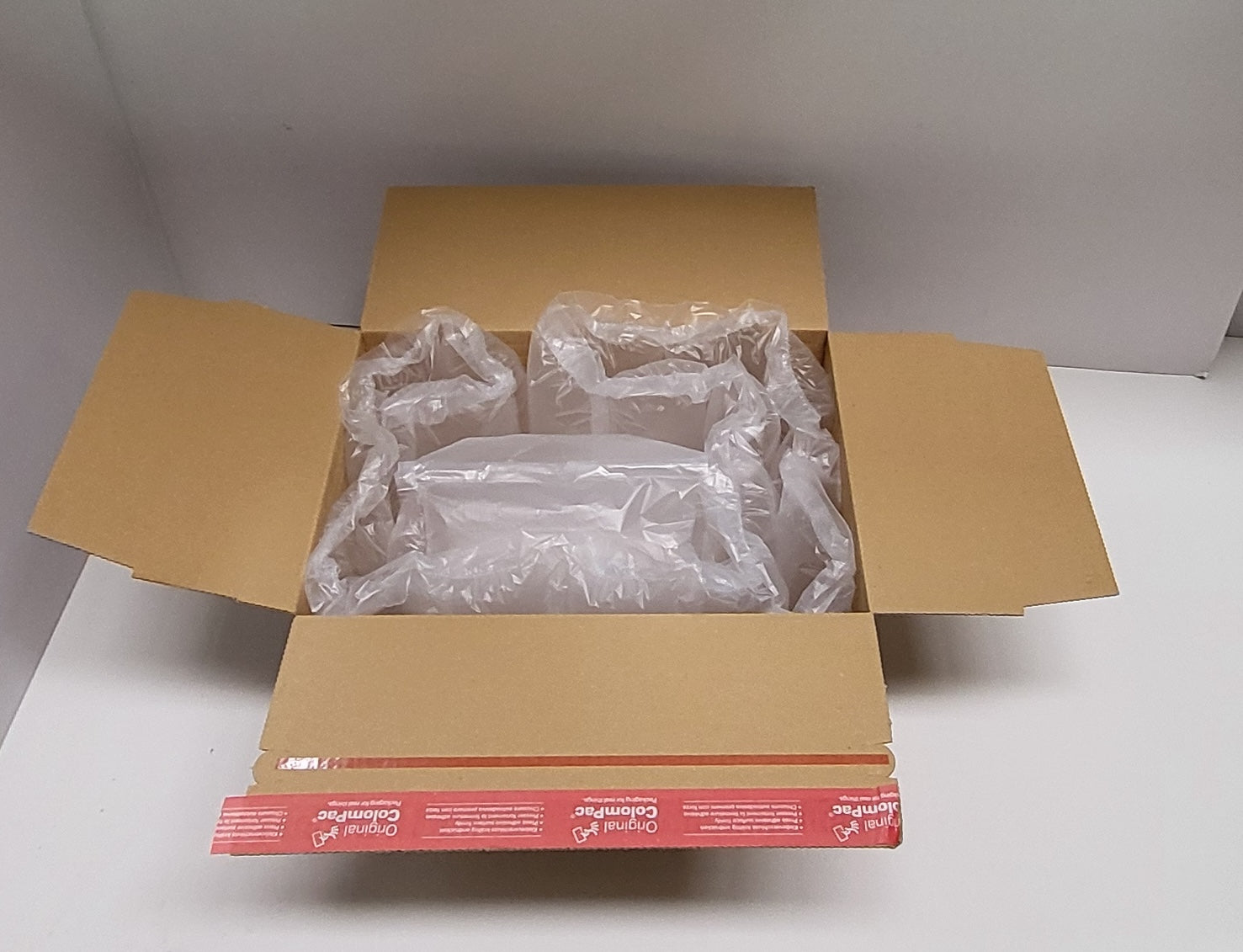In the dynamic world of shipping and logistics, ensuring that products reach their destination intact is paramount. One critical component in achieving this is the use of void fillers. These materials not only protect items during transit but also enhance the overall efficiency and sustainability of packaging processes.
Understanding Void Fillers
Void fillers are materials used to occupy empty spaces within packaging containers. Their primary function is to prevent items from shifting, colliding, or breaking during transportation. By filling these gaps, void fillers provide cushioning and support, ensuring that products remain secure throughout their journey.
The Importance of Void Fillers in Shipping
The significance of void fillers in shipping cannot be overstated. They offer several key benefits:
-
Product Protection: By filling empty spaces, void fillers prevent movement, reducing the risk of damage caused by shifting during transit.
-
Cost Efficiency: Utilizing appropriate void fill packaging solutions can lead to cost savings by minimizing product returns and replacements due to shipping damage.
-
Enhanced Customer Experience: Receiving products in pristine condition enhances customer satisfaction and fosters brand loyalty.
-
Sustainability: Eco-friendly void fill options contribute to environmental conservation efforts, aligning with the growing consumer demand for sustainable practices.
Types of Void Fillers
Various void filler materials are available, each suited to different packaging needs:
1. Air Pillows
Inflatable air pillows are lightweight and provide excellent cushioning. They are ideal for filling larger voids in shipping boxes and are often made from recyclable materials. Their on-demand inflation reduces storage space requirements.
2. Biodegradable Packing Peanuts
Made from natural, non-toxic sources like corn starch, biodegradable packing peanuts offer an eco-friendly alternative to traditional foam peanuts. They dissolve in water, leaving no harmful residue, and provide effective cushioning for fragile items.
3. Paper Void Fillers
Paper-based void fillers, such as wadded paper or molded pulp, are recyclable and biodegradable. They are suitable for wrapping items or filling voids and are particularly favored for their environmental benefits.
4. Foam Inserts
Customizable foam inserts conform to the shape of the product, offering superior protection for delicate or high-value items. While traditional foam is not eco-friendly, there are sustainable foam options available.
Eco-Friendly Void Fill Options
As sustainability becomes increasingly important, many businesses are turning to eco-friendly void fill solutions:
-
Recycled Void Fill: Utilizing materials made from recycled content reduces waste and supports environmental conservation.
-
Biodegradable Materials: Options like biodegradable packing peanuts and paper void fillers decompose naturally, minimizing environmental impact.
-
Air Pillows: Some air pillows are made from biodegradable or recyclable materials, offering a balance between protection and sustainability.
For instance, Package Mate offers a range of eco-friendly void fill products, including biodegradable void filler peanuts and recyclable air cushion films.
Choosing the Right Void Filler
Selecting the appropriate void filler depends on several factors:
-
Product Fragility: Delicate items may require more cushioning, such as foam inserts or biodegradable packing peanuts.
-
Package Size and Weight: Lighter void fillers like air pillows can prevent adding significant weight, helping to keep shipping costs down.
-
Environmental Impact: Opting for eco-friendly void fill materials aligns with sustainable business practices and meets consumer expectations.
-
Cost Considerations: Balancing protection with cost-effectiveness is crucial. Some void fillers offer excellent protection at a lower cost.
Implementing Void Fillers in Your Packaging Process
Integrating void fillers into your packaging process involves:
-
Assessing Packaging Needs: Evaluate the types of products being shipped and their specific protection requirements.
-
Selecting Appropriate Materials: Choose void fillers that best meet the protection needs, budget constraints, and environmental goals.
-
Training Staff: Ensure that packaging personnel are trained in the proper use of void fillers to maximize their effectiveness.
-
Continuous Evaluation: Regularly review packaging performance and make adjustments as needed to improve efficiency and protection.
Conclusion
Void fillers play a crucial role in the shipping industry, providing essential protection to products during transit. By selecting the right void fill packaging solutions, businesses can enhance product safety, reduce costs, and promote sustainability. Embracing eco-friendly options like biodegradable packing peanuts and recycled void fill materials not only safeguards products but also supports environmental stewardship.
For a comprehensive selection of void filler materials, including eco-friendly options, visit Package Mate's Void Filler Collection.

